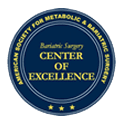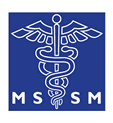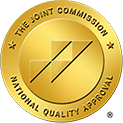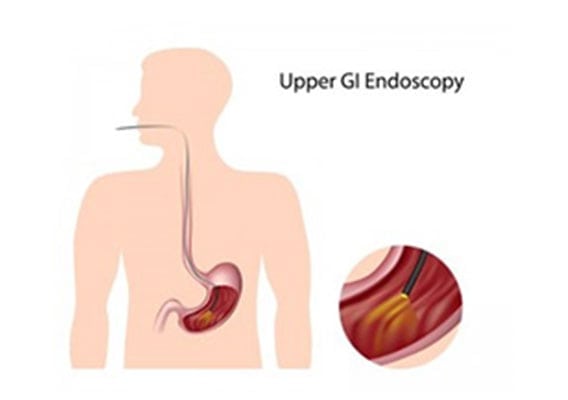
Discover when a Stomach Endoscopy may be necessary for your health.
If a patient is feeling ill, has bleeding in their stomach, or needs to have tissue samples taken, they may undergo a stomach endoscopy. This is a quick and nearly painless procedure that can be used to find out what is going on in the patient’s stomach without turning to an invasive or exploratory surgery.
- There are many different reasons to perform this procedure
- It is a state-of-the-art option that allows patients to receive treatment and care
- It omits the need for a major surgery that could cause long recovery times
What Is a Stomach Endoscopy?
A stomach endoscopy, also known as an upper gastroinestinal (UGI) endoscopy, is a procedure where doctors use a viewing tool to look at the lining of the stomach. During the procedure, the tip of an endoscope is inserted into a patient’s mouth. The scope can then extend gently down into the stomach.
This procedure allows doctors to view the inside of the stomach without having to resort to more invasive procedures. In some cases, the endoscopy may be able to find problems that do not show up on X-rays or other tests. A benefit of this procedure is that, although the patient will be given a sedative, an overnight stay in the hospital is usually not warranted.
Depending on the issue that you are experiencing, your doctor will help you to understand whether a stomach endoscopy is the right next step for you. You can also learn more about the benefits of this procedure for your specific situation.
Why Is a Stomach Endoscopy Done?
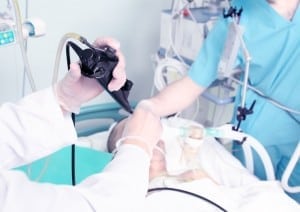 Essentially, this procedure is done to see if there are any problems occurring in the stomach that other tests may have missed. This procedure is often completed before other more invasive procedures are discussed as the recovery time is minimal.
Essentially, this procedure is done to see if there are any problems occurring in the stomach that other tests may have missed. This procedure is often completed before other more invasive procedures are discussed as the recovery time is minimal.
There are many conditions that a doctor may use an endoscopy to look for. These can include but are not limited to stomach ulcers, inflammation of the stomach, and cancer. A stomach endoscopy may also be performed to find out why a patient may be vomiting blood or why the patient may have unexplained weight loss, pain in the stomach, or bloating. Once a condition is found, the same procedure can also be used to ensure that the patient is healing properly and in a timely matter from their condition.
Simple procedures can also be performed during a stomach endoscopy. For example, a doctor may be able to collect a tissue sample from the stomach or treat bleeding that could be causing anemia. The doctor may also be able to remove a foreign object or growths, called polyps, from the stomach.
How to Prepare for a Stomach Endoscopy
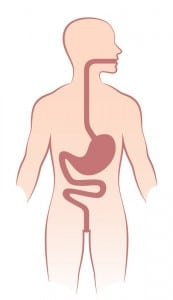 When the endoscopy is being scheduled, patients should have a discussion with their doctor about any allergies they may have or if they are taking medications. Additionally, they should let their doctor know if they have heart problems, have diabetes, or if they are pregnant. Prior esophagus and stomach surgeries should also be noted.
When the endoscopy is being scheduled, patients should have a discussion with their doctor about any allergies they may have or if they are taking medications. Additionally, they should let their doctor know if they have heart problems, have diabetes, or if they are pregnant. Prior esophagus and stomach surgeries should also be noted.
The doctor will talk to the patient about how they should prepare for the procedure. However, patients should expect to be told not to eat or drink at least six hours prior to the procedure. Having an empty stomach will help the doctor see the entire stomach so they do not miss anything. Additionally, this reduces the chance of vomiting during the test. The patient may also be required to stop taking iron supplements and aspirin products up to 14 days prior to the scheduled procedure.
Patients should also be well aware of why the test is being done and what the doctor is looking for. The risks of the procedure should also be laid out in advance. In general, the patient should also have someone available to take them home after the test as they may be given a sedative.
Your doctor will provide you with specific instructions for preparing for your procedure. It is very important to follow these directions carefully to ensure that the procedure itself goes smoothly.
How is the Procedure Done?
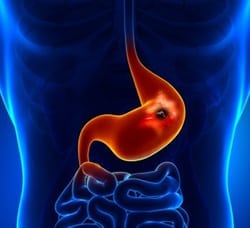 At the start of the procedure, the doctor may use an anesthetic spray or lozenge to relax the person’s gag reflex. The patient may also receive pain medication or even a sedative through an intravenous (IV) line. They will then be laid down on their left side with a mouth guard to prevent damage to the teeth. The tip of the endoscopy will then be inserted into the person’s throat. They may be asked to swallow to assist with getting the scope down into the esophagus. From there, the scope will be moved to the stomach.
At the start of the procedure, the doctor may use an anesthetic spray or lozenge to relax the person’s gag reflex. The patient may also receive pain medication or even a sedative through an intravenous (IV) line. They will then be laid down on their left side with a mouth guard to prevent damage to the teeth. The tip of the endoscopy will then be inserted into the person’s throat. They may be asked to swallow to assist with getting the scope down into the esophagus. From there, the scope will be moved to the stomach.
The scope has a camera on it that can be used to take pictures. Small tools that can collect tissue samples may also be used. Throughout the test, the patient may be asked to change body positions or exert pressure on their stomach. Once the procedure is finished, the scope will slowly be removed. The procedure generally takes anywhere from 30 to 45 minutes, though it could take longer, depending on what the doctor is looking for.
Recovering from a Stomach Endoscopy
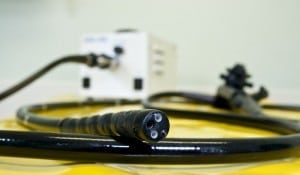 Once the procedure is complete, the patient should expect to stay for observation for a couple of hours. They should wait to eat until the throat is no longer numb. Once the patient leaves, they should expect to avoid driving or operating machinery for the next 12 hours, due to the sedative that is used during the procedure.
Once the procedure is complete, the patient should expect to stay for observation for a couple of hours. They should wait to eat until the throat is no longer numb. Once the patient leaves, they should expect to avoid driving or operating machinery for the next 12 hours, due to the sedative that is used during the procedure.
In some cases, the doctor may be able to discuss the findings directly after the stomach endoscopy. In other cases, it could take up to four days for the results. If the doctor was testing for infections, those results may take a few weeks.
Your doctor will help you understand how to recovery properly from the procedure. If you have any questions during the recovery process, or before your procedure when you are trying to understand what to expect, be sure to contact us.

